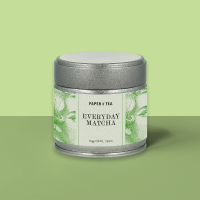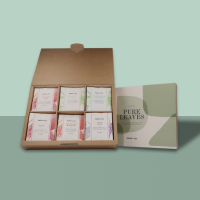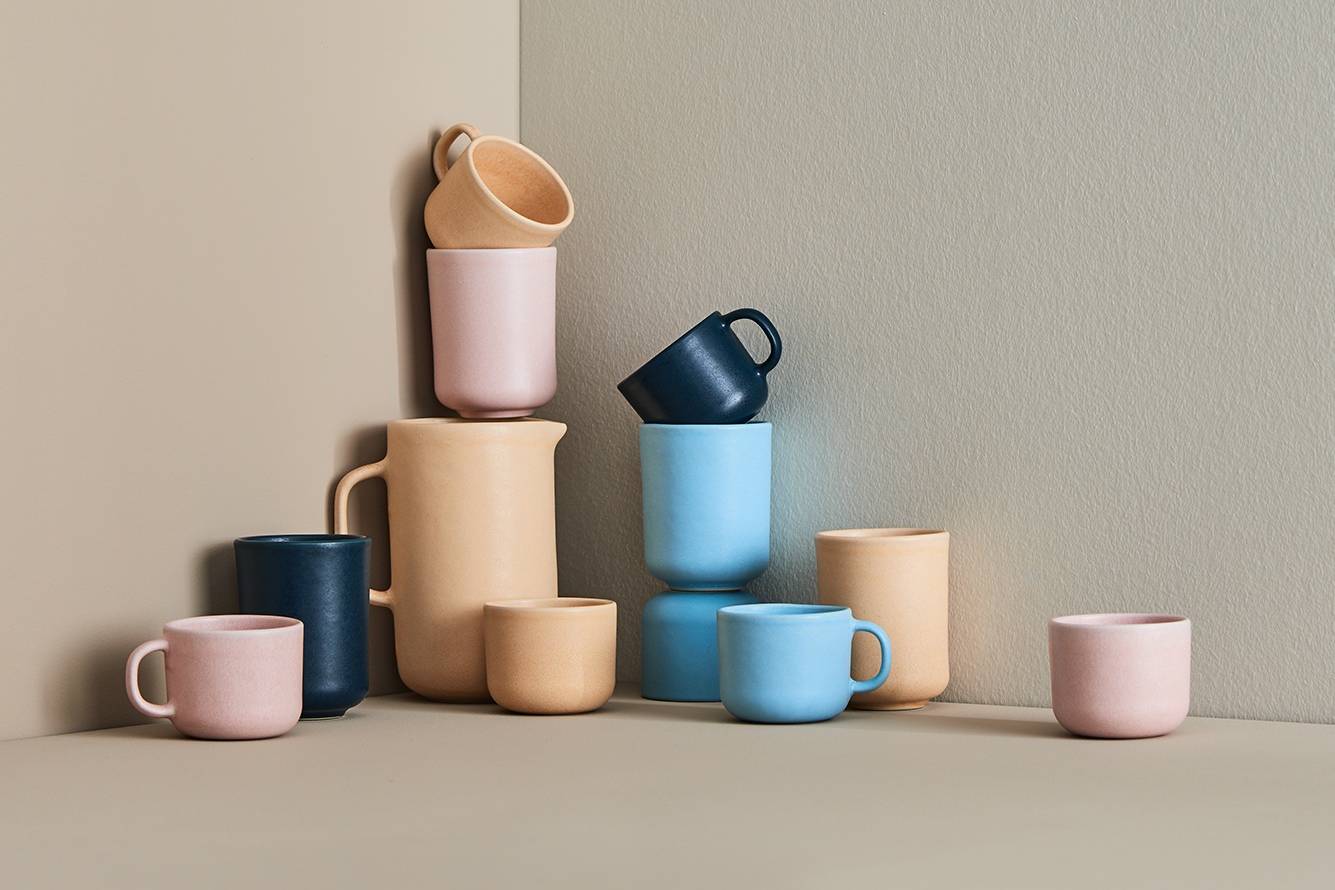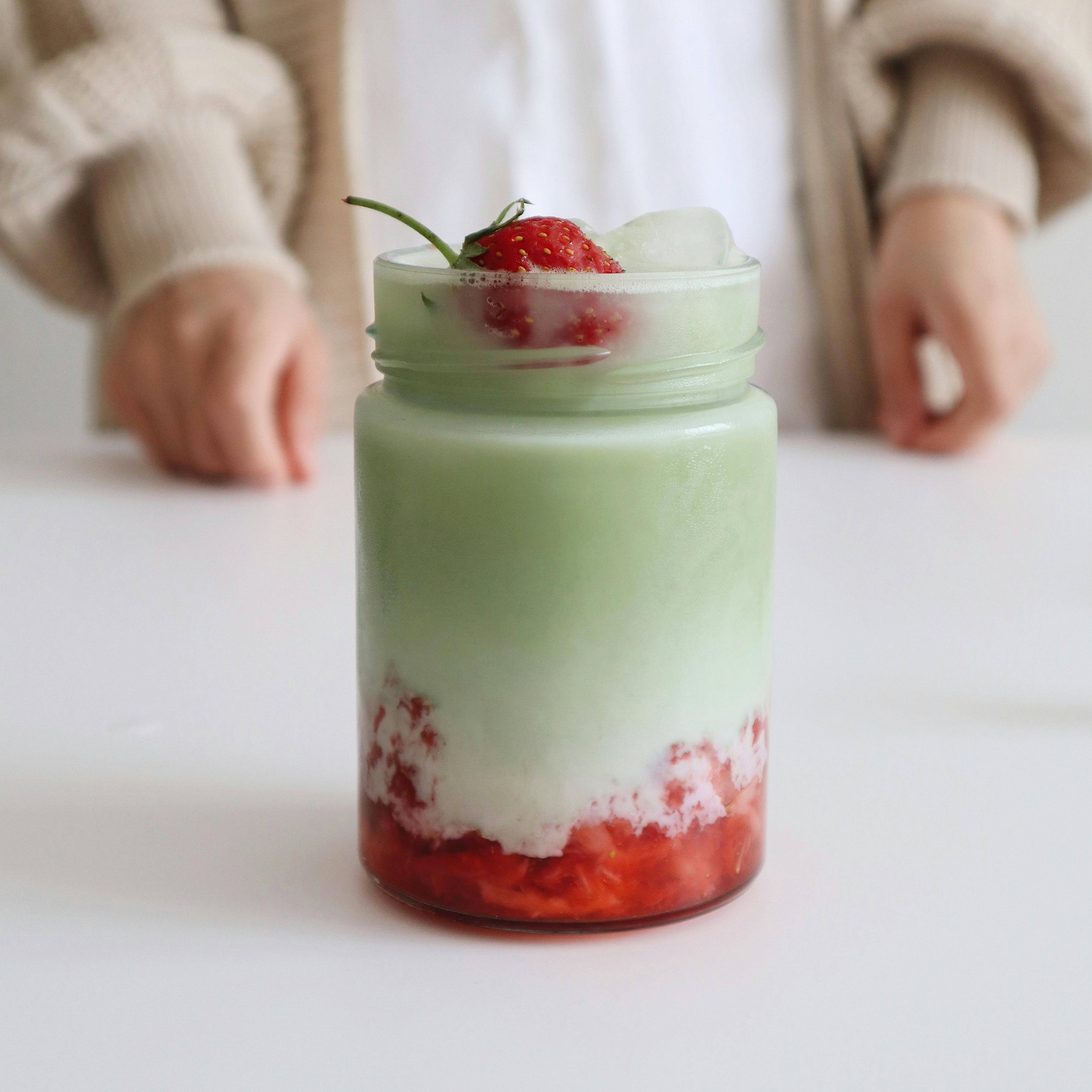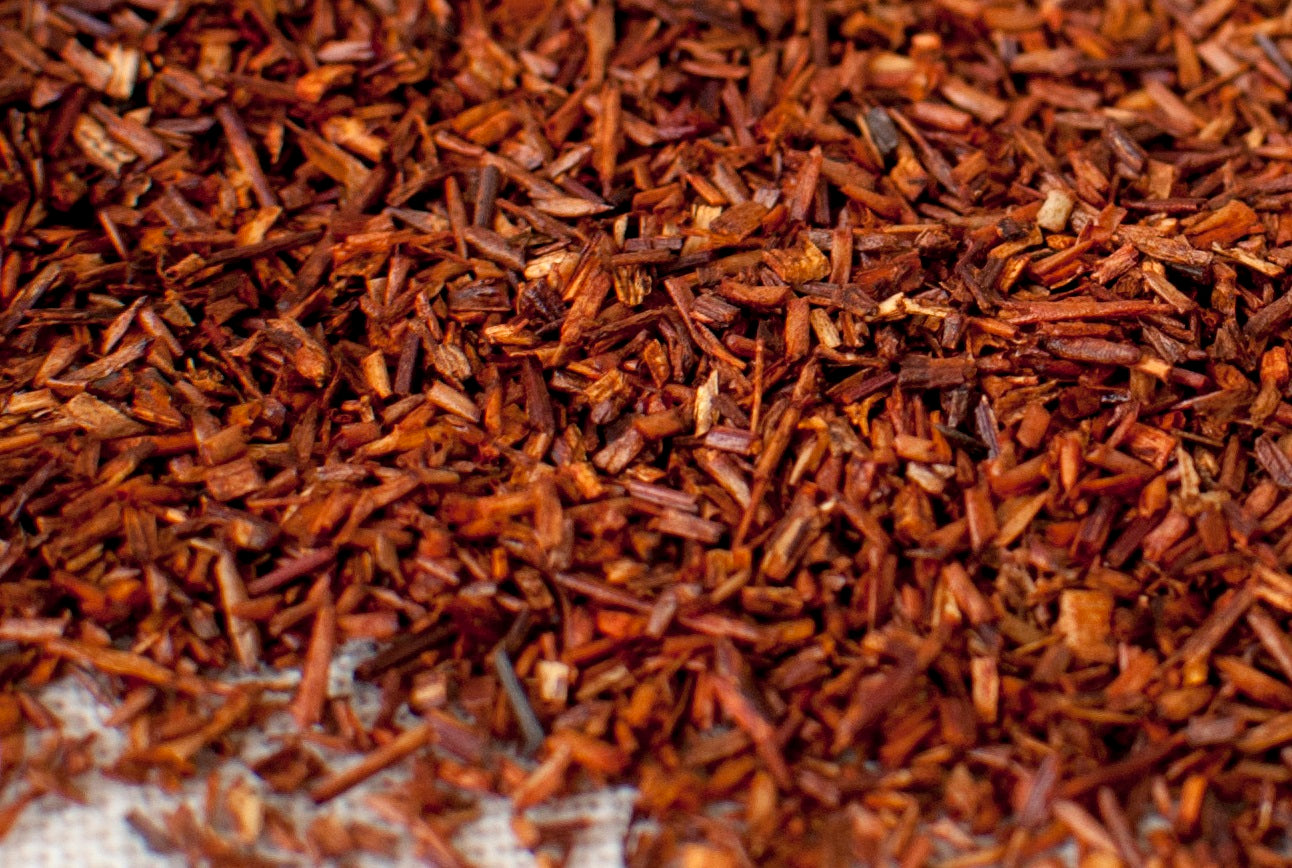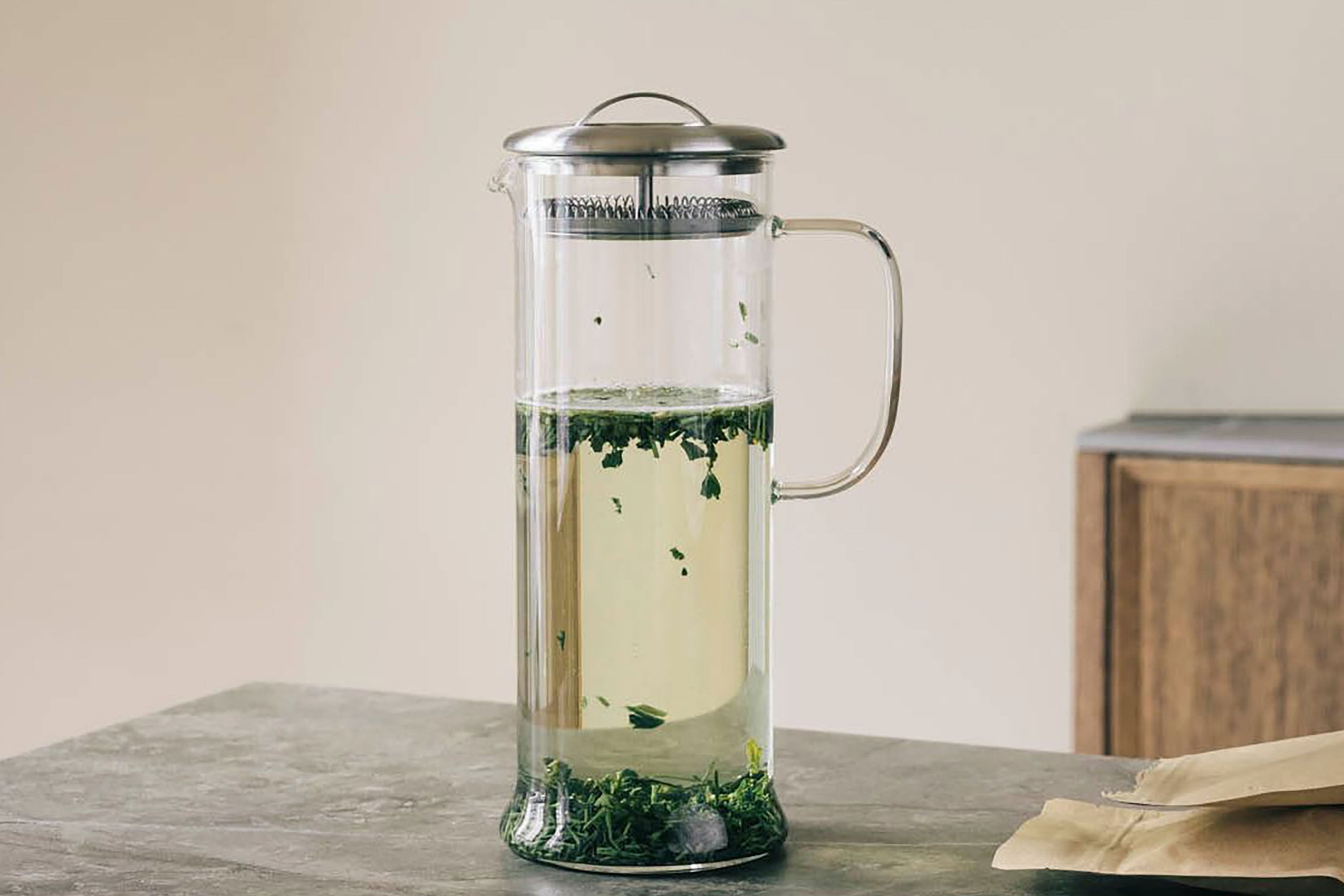In a well-stocked tea shelf, rooibos tea stands out as the popular, vibrant red star. Originating from the sun-drenched landscapes of South Africa, this extraordinary tea has captured the hearts of tea lovers worldwide. And it is no wonder why!
-
Discover the Versatile All-Star Among Teas
- 1. Rooibos Tea is Technically an Herbal Infusion, Not a True Tea
- 2. The Unique Ecosystem of the Cederberg Region is the Only Place Where Rooibos Thrives
- 3. Rooibos Tea is a National Drink in South Africa
- 4. Rooibos Gains Popularity as an Espresso Alternative
- 5. Rooibos Tea: A Popular Alternative to Traditional Tea
- 6. Rooibos as an Ingredient in Culinary Creations
- Interested in a Cup of Rooibos Tea?
Discover the Versatile All-Star Among Teas
Rooibos impresses not only with its gentle, sweet flavor but also with a wealth of intriguing facts that make it a truly unique beverage. In this article, we invite you to explore the fascinating world of rooibos tea. We will explore its captivating origins, diverse uses, and why it is a popular alternative to traditional tea and coffee. You might even find a new way to enjoy this delicious, richly-colored herbal infusion!

1. Rooibos Tea is Technically an Herbal Infusion, Not a True Tea
Rooibos tea is derived from the rooibos plant, Aspalathus linearis, rather than from the tea plant Camellia sinensis, which is used to make traditional tea. Technically, we should refer to our beloved herbal teas as herbal infusions. However, since the term "tea" has become so commonly used in everyday language, we go along with it.
The rooibos plant grows exclusively in South Africa's Cederberg region (more on this in the next fact). It is a bushy shrub that can reach heights of one to two meters. Its thin, slightly branched stems are adorned with needle-like, narrow leaves and clusters of yellow flowers. During the harvest, the plant is cut to gather the leaves and stems, which are then chopped and oxidized to create red rooibos. This chemical process—similar to the browning of a sliced apple—changes the color from green to its distinct reddish-brown. A similar oxidation process is critical in making black tea. For green rooibos, oxidation is stopped early through drying, akin to the method used to make green tea, which retains the green color and imparts a slightly grassy flavor.

2. The Unique Ecosystem of the Cederberg Region is the Only Place Where Rooibos Thrives
The rooibos plant grows exclusively in the Cederberg region. But why is it limited to this area? The answer lies in a fascinating combination of geographical, climatic, and ecological factors. The sandy, acidic soils of the region, though low in nutrients, are rich in minerals, providing the perfect conditions for the rooibos plant to thrive. In this Mediterranean climate, with its dry, hot summers and mild, wet winters, the plant is able to fully develop its unique character and flourish beautifully.
The Cederberg region is part of the fynbos ecosystem, known as "fine bush," which is renowned for its breathtaking biodiversity and numerous plant species found nowhere else on Earth. Growing rooibos in this remarkable area requires close cooperation with conservation initiatives to preserve the delicate balance of the fynbos's flora and fauna. Sustainable farming practices ensure that the Cederberg's natural treasures are protected for future generations, safeguarding its biodiversity and natural resources.

3. Rooibos Tea is a National Drink in South Africa
In South Africa, rooibos is more than just a beverage—it is an essential part of daily life and culture. Many South Africans enjoy their morning or evening cup of rooibos tea as a cozy ritual embedded in their routine. While there are no special ceremonies surrounding it, rooibos tea is simply a companion in everyday life. Much like black tea in Europe, rooibos can be enjoyed in various ways—it can be consumed plain or enhanced with a bit of milk and sugar.
Traditionally, rooibos is boiled in a pot, a method that is particularly favored when the family gathers or friends come to visit. This allows for a larger batch to be brewed, so everyone can have a cup and share the enjoyment. In South Africa, sharing a big pot of rooibos tea in a social setting symbolizes warm hospitality and offers a welcome respite from the busyness of daily life.
In the summer months, rooibos is often drunk as iced tea. Adding mint leaves or lemon slices enhances its refreshing and invigorating qualities.
4. Rooibos Gains Popularity as an Espresso Alternative
Red espresso, an innovative beverage created in South Africa in the early 2000s, is a pioneer in the realm of caffeine-free drinks. This unique product is made from carefully selected and finely ground rooibos tea, which can be brewed using an espresso machine, French press, or drip coffee maker, much like regular coffee. This brewing method delivers a rich flavor experience with a gentle, natural sweetness, beautifully complemented by earthy and nutty notes.
For coffee enthusiasts who relish both bold flavor and caffeine-free ease, red espresso serves as a versatile foundation for a variety of favorite beverages. Whether crafting velvety lattes, frothy cappuccinos, or aromatic macchiatos, the possibilities are endless. You can also enjoy red espresso straight, much like traditional espresso.
If you do not have any of these machines on hand, you can create your version by brewing the tea at a higher concentration with less water. This simple method brings out the essence of rooibos, proving that you can savor red espresso without any special tools.
5. Rooibos Tea: A Popular Alternative to Traditional Tea
Rooibos, like all herbal teas, is naturally caffeine-free, making it an appealing choice at any time, day or night. Whether it is part of your evening routine or a way to start your day, the mild, sweet, and slightly nutty flavor of rooibos provides a cozy tea experience. It is also an excellent option for tea enthusiasts who prefer to avoid the astringent notes often found in black or green teas.

Just like black tea, which many cultures enjoy with milk and sugar, you can also add these to your red rooibos tea. If you enjoy the grassy notes of green tea, you might want to give green rooibos tea a try.
One of the standout features of rooibos tea is that it does not turn bitter, making it an ideal choice for an insulated bottle. Even after a long day, it maintains its delightful flavor.
6. Rooibos as an Ingredient in Culinary Creations
Rooibos is not only beloved as a tea but also as a versatile ingredient in various recipes. It lends a gentle, earthy sweetness to desserts like puddings and sorbets and adds a unique aroma to baked goods such as cakes and cookies.
In savory dishes, rooibos enhances marinades and sauces, intensifying flavors as it complements a wide range of herbs and spices. It is also an aromatic addition to granola, energy bars, and smoothies.
Interested in a Cup of Rooibos Tea?
As you can see, there are many interesting stories and facts to tell about rooibos tea. If you are curious to learn more about the history and production of this versatile drink, be sure to check out our glossary.
